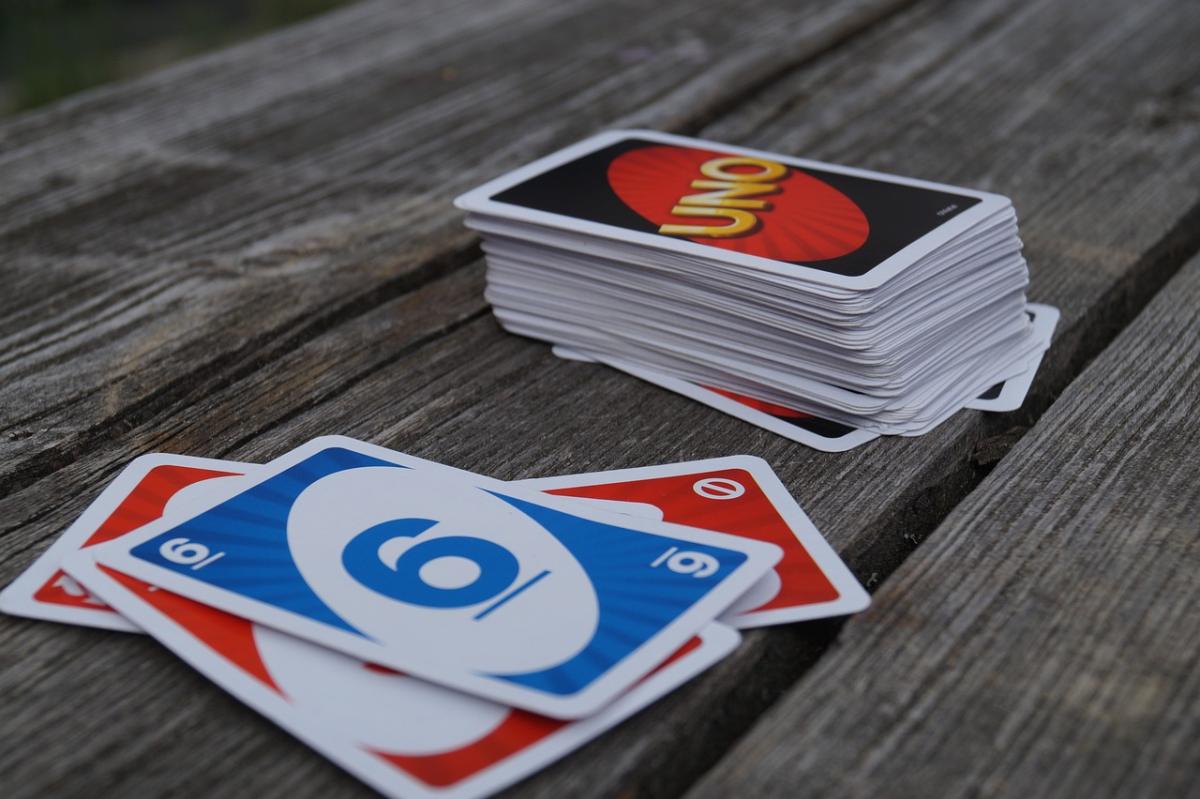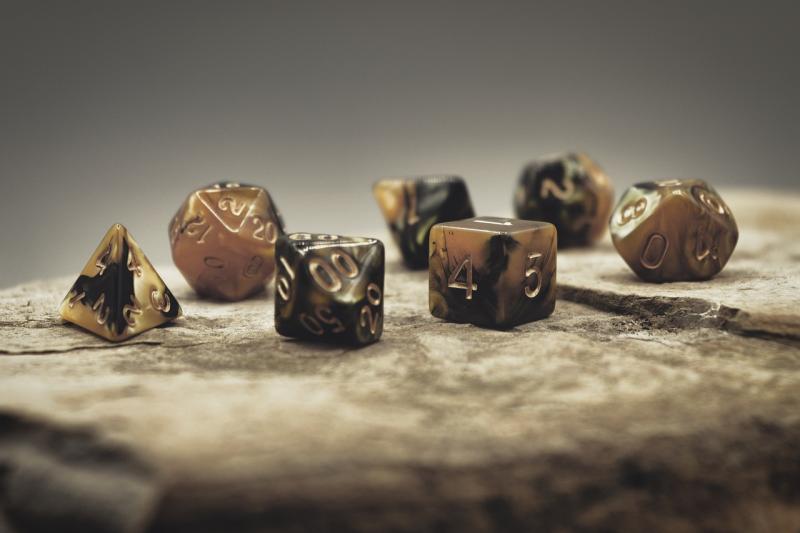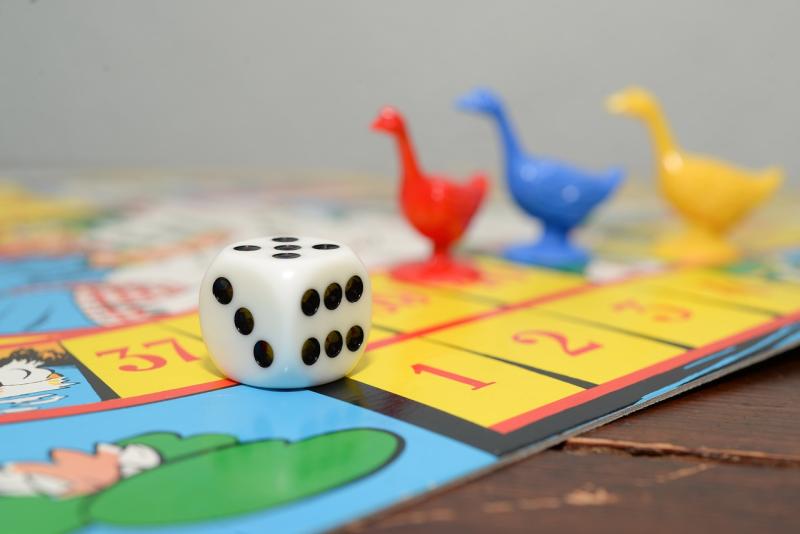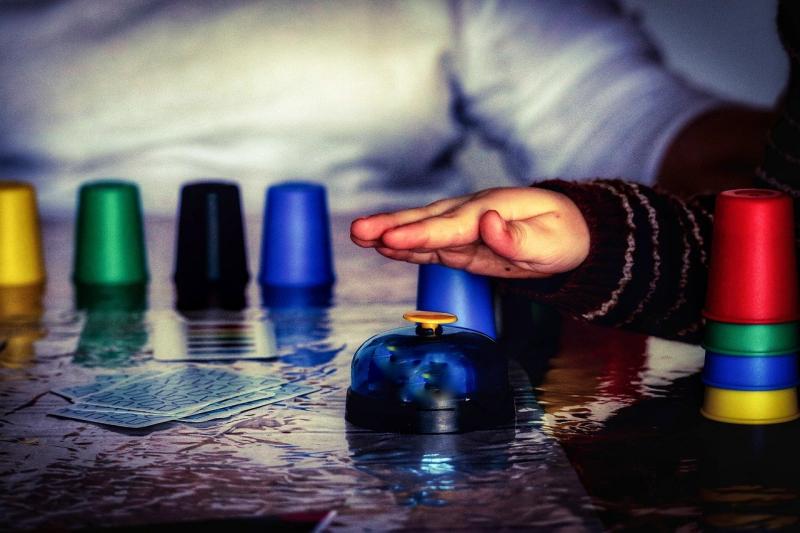Card games are fascinating and varied, offering a unique blend of strategy, chance, and social interaction. At their core, these games typically involve a deck of cards, where players take turns drawing, playing, or discarding cards in an attempt to achieve a specific goal. Understanding the basic elements of card games is essential for anyone looking to dive into this engaging world.
One of the most fundamental aspects of card games is the concept of rules and objectives. Each game has its own set of rules that dictate how the cards are used and what players need to do to win. For instance, in games like Poker, the aim may be to have the best hand, while in a game like Uno, players strive to be the first to play all their cards. This diversity in objectives keeps card games fresh and exciting, catering to different types of players.
Another important feature of card games is the element of strategy. Players must often make decisions based on their hand and the actions of other players. This can include choosing which card to play, when to draw from the deck, or even bluffing about the strength of one’s hand. The social dynamics of card games add another layer, as players interact and adapt to each other's tactics, creating a lively and unpredictable atmosphere.
Lastly, card games can be enjoyed by people of all ages and skill levels. From simple games like Go Fish, which can be played by young children, to complex games like Magic: The Gathering, which require a deeper understanding of strategy and gameplay, there is something for everyone. This accessibility is part of what makes card games a beloved pastime across cultures and generations.
Comparing Card Games and Board Games
Card games and board games have been enjoyed by people across the globe for centuries, but they each offer unique experiences and mechanics. While both types of games share the goal of engaging players through strategy and luck, they do so in distinctly different ways. Card games are often more portable and quick to set up, making them perfect for casual play. You can grab a deck of cards and play a game almost anywhere—at home, at a park, or on a trip.
On the other hand, board games usually involve a larger physical space and often require a more elaborate setup. They can feature intricate boards, detailed pieces, and a variety of components like dice and tokens. Many board games are designed for a more immersive experience, encouraging players to dive into rich themes and narratives. This setup can lead to longer playtimes, but it often rewards players with deep strategic elements and social interactions.
The strategy in card games tends to be concentrated in hand management and playing the right card at the right moment. Many card games rely on the hidden information of players' hands, creating suspense and tactical decisions. Board games, however, usually present a more visible state of play, where players can see each other's pieces and movements. This transparency allows for different forms of strategy, focused on the positioning of pieces and resource management.
Ultimately, both card games and board games have their own merits and spaces in the world of tabletop gaming. Whether you prefer the fast-paced gameplay of a good card game or the strategic depth of a complex board game, each genre contributes to the rich tapestry of communal fun and competition. Ultimately, the choice between card games and board games comes down to personal preference and the kind of gaming experience you seek.
Key Similarities and Differences
When exploring whether card games are truly board games, it's essential to understand the key similarities they share. Both card games and board games often involve strategy, skill, and a bit of luck. Players must think critically about their moves, anticipate their opponents' actions, and make decisions that will lead to victory. Additionally, both types of games can be played in social settings, providing a platform for players to interact, communicate, and bond over shared experiences.
However, there are notable differences between the two. One major distinction is the physical components involved. Board games typically feature a game board, pieces, or tokens, whereas card games primarily rely on decks of cards. This difference can affect gameplay dynamics, as board games often utilize spatial elements and movement across a board, while card games focus more on hand management and card interaction.
Another difference lies in the length and complexity of the games. Many board games can take longer to set up and play, requiring players to engage for extended periods. In contrast, card games tend to be quicker and can often be played in shorter sessions, making them more accessible for casual gamers or those with limited time. Ultimately, while both card games and board games can offer engaging gameplay, their unique components and structures set them apart in the world of tabletop gaming.
Fun Activities for Both Game Types
When it comes to having fun with friends and family, both card games and board games offer a delightful array of activities that can cater to different tastes and preferences. Whether you’re gathering around a table for a cozy game night or breaking out the deck of cards during a picnic, there are plenty of captivating activities that can be enjoyed with both game types.
One of the most popular activities is creating themed game nights. You can select a specific theme, such as a retro night featuring classic board games along with a few nostalgic card games. Encourage all players to dress up according to the theme or bring snacks that complement the games being played. This adds an extra layer of excitement and fosters a joyful atmosphere.
Another entertaining activity is organizing a mini-tournament. Choose a few card games and board games, and set up a bracket-style competition among friends or family members. Each player can compete in different rounds, with scores tallied to determine an overall champion. It adds a friendly competitive edge that can bring out everyone's spirit and make for some memorable moments.
Lastly, you can incorporate storytelling into your gaming sessions. Both card games and board games can inspire creativity and imagination. Players can take turns narrating a story based on the characters or scenarios presented in the games. This can lead to unexpected twists and hilarious outcomes, making the experience more interactive and lively. It's a fantastic way to merge gaming with creativity, suitable for players of all ages.



